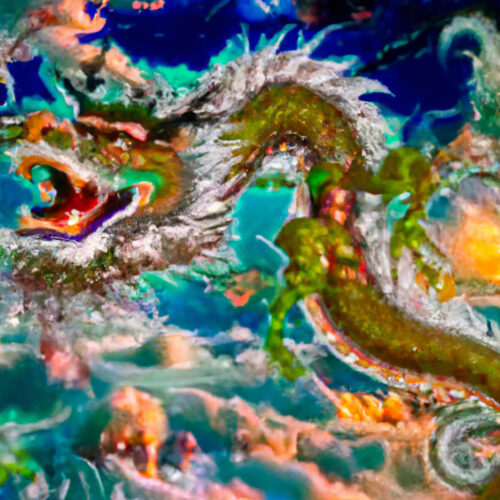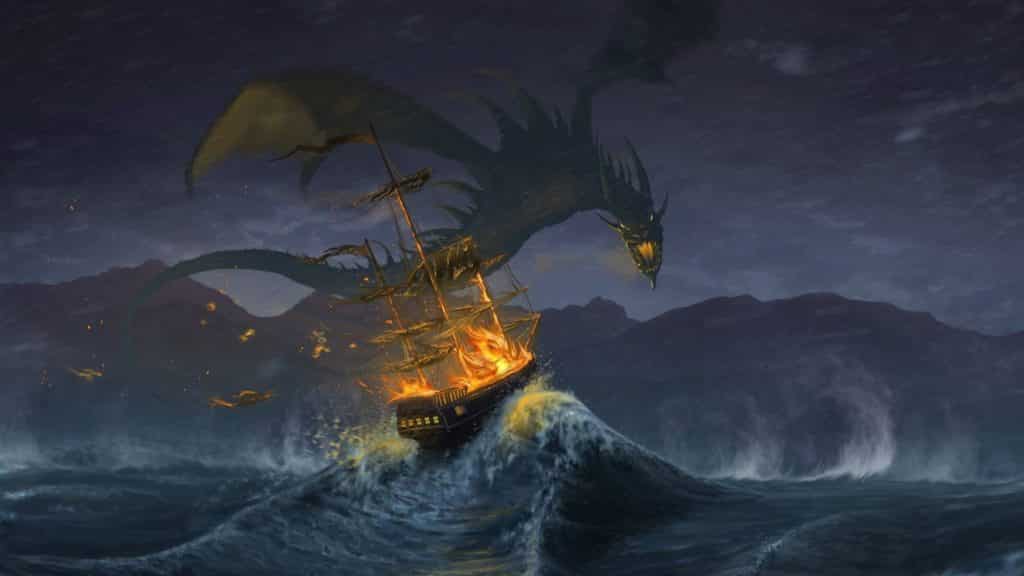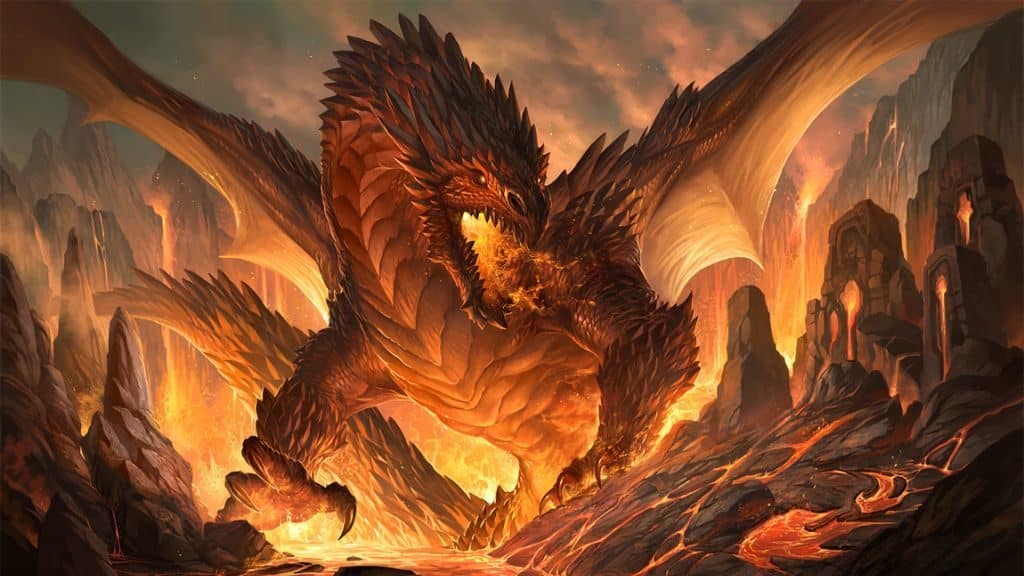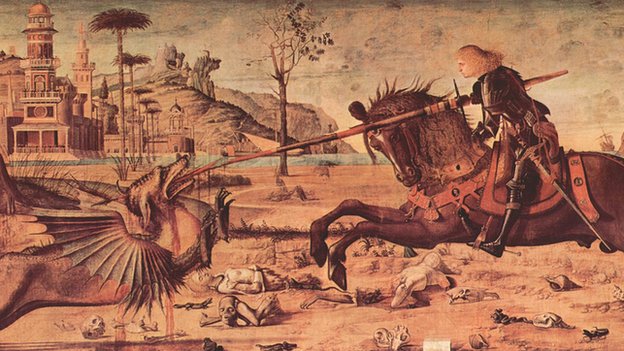Dragons have captivated human imagination for centuries, entwining themselves within the fabric of folklore and mythology. Among the most iconic figures in Chinese culture, Chinese dragons hold a significant place as the embodiment of power, prosperity, and good fortune. But the symbolism goes beyond material blessings; it delves into the realms of spirituality, wisdom, and the cosmic forces that shape our world. In this article, we will explore the profound meaning and ancient legends behind these awe-inspiring creatures.

The Origin and Evolution of Chinese Dragons
The origins of Chinese dragons are shrouded in antiquity, dating back thousands of years and deeply intertwined with ancient Chinese mythology. Unlike the fearsome and destructive creatures depicted in Western traditions, Chinese dragons are revered as benevolent, mystical beings that bring harmony and good fortune.
The earliest known dragon depictions in Chinese art date back to the Neolithic period, where they were represented as zoomorphic creatures with bird-like features. With time, these early dragons evolved into the majestic and serpentine forms we recognize today: elongated bodies, graceful scales, and powerful limbs. The addition of horns, antlers, and whiskers further enriched the imagery, symbolizing divine energy and auspicious attributes.
The Symbolism of Chinese Dragons
In Chinese culture, dragons symbolize not only power and might but also nobility, wisdom, and the union of heaven and earth. They are believed to be the controllers of rainfall, the bringers of good fortune, and the guardians of treasure.
The common association of dragons with water is rooted in ancient Chinese cosmology, where water was considered the source of life and the realm of the dragons. Dragons were believed to reside in rivers, lakes, and other bodies of water, nourishing the land and its people with their presence. The dragon’s ability to summon clouds and rain was seen as a divine blessing, vital for agricultural prosperity.
The dragon’s celestial connection is reflected in its association with the Chinese emperor, who claimed to be a heavenly ruler, the Son of Heaven. The imperial throne, known as the Dragon Throne, represented the dragon’s omnipotent power, and dragon motifs adorned palaces, robes, and artifacts of the emperor and his court.
Ancient Legends and Mythological Tales
Chinese mythology is replete with captivating tales involving dragons. One such legend is the story of the Dragon’s Gate, where carps that successfully swam upstream transformed into dragons. This legend symbolizes perseverance and transformation, inspiring people to overcome obstacles and reach new heights.
Another popular mythological tale revolves around the Four Dragon Kings, powerful deities ruling over the four seas. These dragon kings were believed to control the rain, storms, and ocean currents, ensuring the balance and harmony of the natural world.
The Chinese dragon also plays a prominent role in the mythology surrounding the creation of the world. According to ancient legends, the divine dragon Pan Gu emerged from chaos, separating the heavens and the earth. As Pan Gu grew taller, the sky and stars formed above, while his breath became the wind and clouds, and his body transformed into the mountains and rivers below. This creation story signifies the harmony between heaven and earth, with the dragon as a unifying force.
The Cultural Influence of Chinese Dragons
The symbolic importance of dragons runs deep within Chinese culture, transcending borders and generations. Their influence can be seen in various aspects of Chinese tradition, such as art, architecture, literature, and martial arts.
Chinese calligraphy often features the dragon as a subject, embodying the fluidity and elegance of the brush strokes. Traditional dragon dances, a staple of Chinese New Year celebrations, reflect the dragon’s auspicious nature and are believed to bring good luck and drive away evil spirits.
In martial arts, the movements and forms inspired by dragons depict strength, agility, and grace. Dragon styles, such as the Dragon Fist or Dragon Tail Kick, demonstrate the mythical creature’s power and ferocity that practitioners seek to emulate.
Celebrating the Dragon in Modern Times
Even in contemporary times, the influence of Chinese dragons remains vibrant. Dragon boat festivals bring communities together to watch thrilling races, while dragon-themed decorations adorn streets and buildings during festive occasions. The dragon’s rich symbolism is also present in modern pop culture, with numerous references in movies, games, and novels.
To truly appreciate the mystical charm of Chinese dragons, it is essential to immerse oneself in the wealth of ancient legends, art, and traditions they inspire. These legendary creatures continue to capture our imagination, reminding us of the power of myth and the enduring connection between humans and the marvelous world of dragons.





